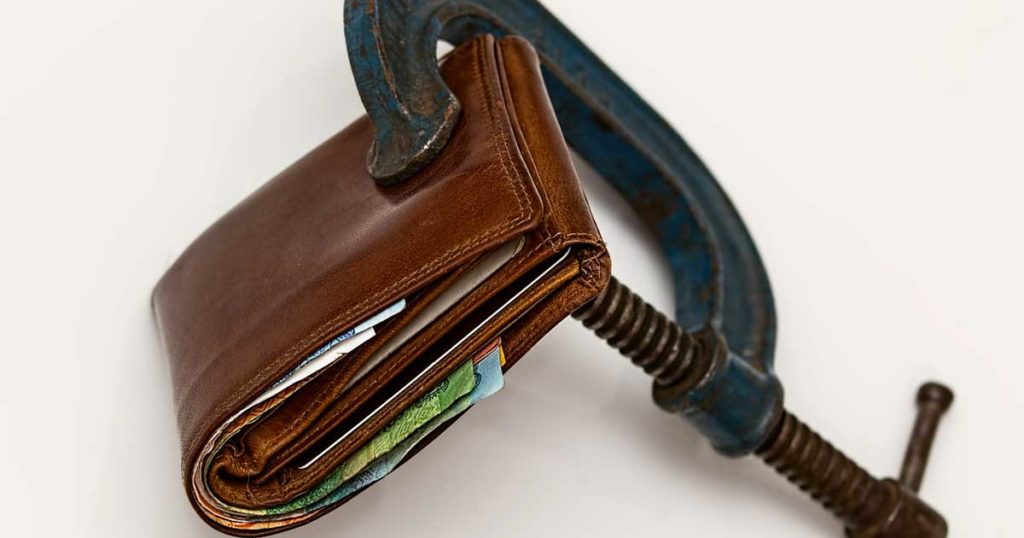The recession of 2008-2010 has had profound a profound effect on many people who had gotten used to living in debt. Suddenly the concept of being debt-free or at least having a lot less consumer debt was a very attractive thing. For some, it became a necessity and as more people worried about their job stability, more people found ways to reduce debt.
The Seven-Step Debt Reduction Method
The seven-step debt reduction model is a very easy process with financial rewards for those who use it. It involves no fees, use of special agents, and no detailed mathematical calculations. The primary part of the process is the use of the “snowball” theory of debt reduction but it also utilizes the avalanche feature also. Most importantly, it also uses ice cream.
In order to reduce debt, a person must first find a way to pay their bills with available cash. If this is not possible, then that person should seek out a restructuring professional or a lawyer in order to declare bankruptcy. Either of those options involves paying money and has a hugely negative entry on a credit report.
Before detailing the steps of getting out of debt, it is best to classify the three types of debt because different types of debt require different types of actions because of how the debt works. The three types of debt are revolving debt, installment debt, and mortgage debt.
Mortgage debt is the debt incurred because of a home. The good thing about this type of debt is that it can reduce taxable income by the interest paid on the loan and generally unless in an underwater position (owing more than the property is worth) it is possible to sell the property and eliminate the debt. Some type of home is still required so the expense doesn’t go away. Selling the home is not necessary; each person’s individual situation dictates what is best.
An installment debt is a debt that will be paid off in a set number of payments. Examples are things like cars, bank loans, and things that have a set term besides a home mortgage.
Revolving debt is something that paid every month and the unpaid balance earns interest for the company which is added on to the balance. The net effect is that in some cases, making the minimum payment every month will never pay off the card or will take anywhere from 8 to 12 years if not longer. Most revolving debt has the highest interest rate and is generally seen in credit cards and store credit cards. This is the worst kind of debt for most people as they rarely are fully aware of how much they owe when they whip out the plastic to pay for something. This is also the type of debt reduction to address first.
The Seven Steps Explained
Step 1. Make the decision to be debt-free! This can often be the hardest step to achieve but the freedom it provides makes the effort worth it!
Step 2. Assess existing debt. Before attempting to go anywhere, the current location must be known. Record all debt and either do it on paper or in an Excel type worksheet. Use a separate sheet for each type of debt. Record the minimum payment, the payment necessary to reduce the principle, the interest rate, and the balance owed. Arrange them in order of amount owed from lowest to highest. Determine how much money is owed each month.
Step 3. Make a budget. This will need to include everything owed and obligated to pay on a monthly basis. This also includes a food budget, clothes, necessary services, utilities, insurance, and vices such as drinking, smoking, and coffee.
Step 4. Prove the budget. Using the new budget, follow it for three months, and discover what works and doesn’t work, refine it over the three months so that it is a workable and working budget. It is during this step that it is necessary to not use any credit in order to meet budget requirements. Once the budget is proven, debt payoff can begin.
Step 5. Pay off some debt. Select the debt for which the least amount is owed and using surplus funds from the budget makes a larger than the minimum payment. As the amount goes down, some creditors will reduce the required payment. Ignore this and continue to pay the debt off following the budget. In time, the debt will be paid off and the budget surplus will be larger.
Step 6. Celebrate! Once the first debt is paid off, take time to celebrate and enjoy a cash-only treat. Ice cream is recommended as the snowball term will be explained next.
Step 7. Repeat Step 5 and keep going through this cycle until all debts are paid off. With each paid off debt, there will be a greater surplus. This is the snowball. It starts out small and gets larger with each step.
The Avalanche of Debt Reduction
From time to time everyone comes into a sudden influx of cash. Perhaps some items were sold on eBay, the tax refund came in or perhaps it was an inheritance. In any event, such an occurrence presents the opportunity to make a one-time larger than normal payment and speed the snowball process up.
Setting up a budget and reducing debt may seem difficult but with effort, it can be accomplished. For some, it may be necessary to change tax withholding to have funds month available now instead of a huge tax refund. Another job may be necessary. The debt reduction process will seem slow at first and many people reach a point where the discipline becomes too much and they stop once they get to a new, more comfortable financial position. While this is not ideal, as long as the additional debt is not incurred, it is still better than the previous financial position.
